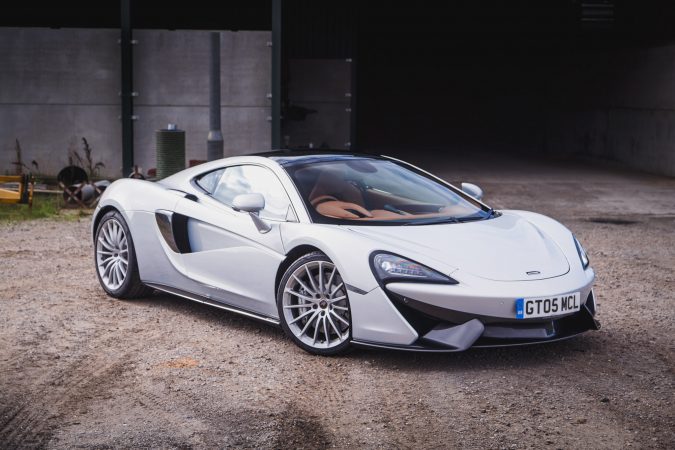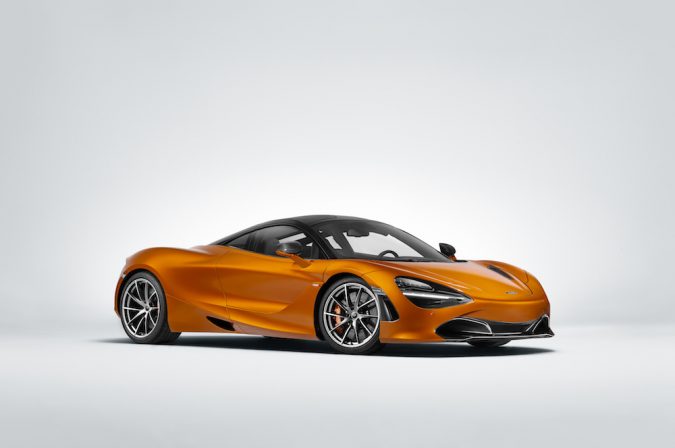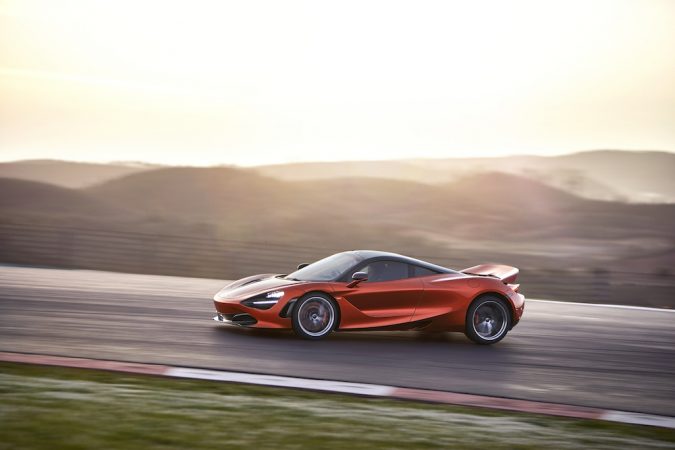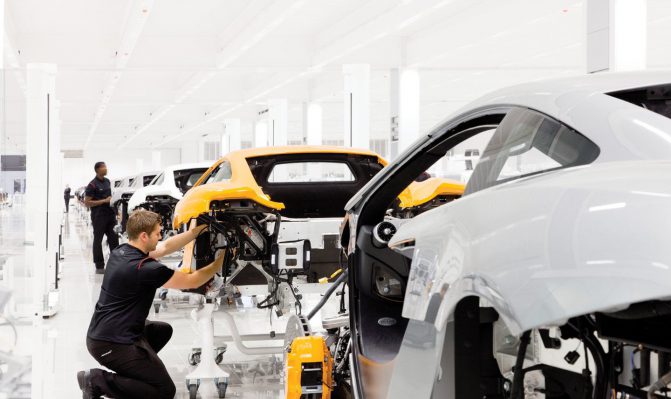I must admit, I’ve become quite the fan of McLaren. Although the fact its main base is in the same county as me probably helps. The bright LED sign outside the secretive Woking base feels like an alluring siren for any petrolhead. Now, many will say that McLaren does not have the same amount of soul and flair as let’s say a Ferrari or a Lamborghini, but the way in which the brand puts cars together is somewhat satisfying to me.
Yet I’ve never driven one. I was invited to drive two of the models last autumn, but that fell through like a fat cat on an old conservatory roof. I sadly had other commitments which I simply couldn’t get out of. However, the Motor Verso team was still represented and you can find the articles here.
Return Of The Mac
McLaren is most famous for the three-seater F1 hypercar, which we all know used to be the fastest car in the world. As well as a unique three-seat layout and a very high top speed, it also had an engine bay lined with no less than gold. That was back in the 90s though. Although McLaren continued to do the business in Formula 1, the consumer division seemed to be resting on its F1-shaped laurels – and why wouldn’t they?
Fast forward to 2011 when the Royal Wedding was all the news. McLaren decided it was about time to make another model for the general public. It marked a new era for the company, despite having a name that sounded like it had been originally reserved for an electrical appliance. It was called the MP4-12C – yeah, I know, not exactly inspirational. Some may argue that the looks were a bit bland as well.
However, the car’s brilliance laid beneath the metal. This was a very well thought out car, which had been used by almost obsessive levels of engineering. Some say this took away its soul, but what’s wrong with a performance car, that simply ‘works’? Powered by a twin-turbocharged 3.8 litre V8, the MP4-12C fax machine was able to hit 60mph in around 3 seconds and a top speed of over 200mph.
What’s better still, because of its clever carbon fibre MonoCell chassis, the Spider version needed no added weight as no extra strengthening was needed. Revealing this won’t get someone into bed – not unless you want them to drift off – but I think this kind of engineering is extremely admirable.
If you would like a car wallpaper for your iPhone download one here.
Tiers For Cheers
Following the MP4-12C, McLaren launched three tiers of cars – Sports Series, Super Series and Ultimate Series. The Sports series was instigated by the 570S in 2015. It was joined by the 540C Coupe, followed lastly by the 570GT. The Super Series was first seen in 2014 with the introduction of the 650S. The 675LT joined it a year later. The Ultimate Series needs very little introduction, as that features the hybrid hypercar P1.

The Sports Series may be considered as the entry level, but even the models within that can be classed as supercars, despite their ‘Sports’ branding. For example, the 570S also has the twin-turbo 3.8 litre V8 engine, which is mounted towards the back and produces 562bhp. So, rear-wheel drive, mid engined, 562bhp. Yeah, that’s a supercar if ever I saw one.
The p1 is not a supercar though. It’s the next level up – a hypercar. As we all know, it’s a hybrid, but not one that you need to be embarrassed about owning. Not when it produces a total of 904bhp and 980Nm. 0-60 comes in a blink-and-you’ll-miss-it 2.8 seconds and the top speed is 249mph when the limiter is removed. It also features tech used in F1, such as KERS and DRS. Plus, it has bespoke Pirelli tyres and specially developed carbon ceramic brakes. This was not enough to save Jeremy Clarkson’s house though…
The Next Chapter
This brings us to the present day, the 720S, which marks the second generation of the brand’s ‘Super Series’. The styling seems to have caused a bit of a divide thanks to it’s ‘eye socket’ headlights. Personally, I love it and I’m even more excited about the car now it’s been unveiled. In fact, it’s my standout car from this year’s Geneva Motor Show. Actually, that’s a lie, the ‘Velocity’ MSO version is.
The 720S has a 4.0 litre twin-turbo V8 engine, the successor to the 3.8 used previously in McLaren’s other models. 720PS is offered, hence the name, which translates to 710bhp. 0-62 comes in a familiar 2.8 seconds and the top speed is 212mph – just 6 slower than a P1 with its speed limiter on. But it’s not all about speed, there’s some properly clever engineering here.

The dihedral doors have been designed in such a way that there is no need for air intakes at the front. A ‘second skin’ has been created by the doors, which forces the air to the radiators at the rear. The inside features a driver’s display that can be folded away to help you focus more on the track. Let’s not also forget about that unusual headlamp structure that helps better airflow, creating downforce.
The 720S looks extremely promising and the brand has stated that it’s not only set a new level for itself, but also for the supercar genre as a whole. I think that could ring true, but could McLaren be the victim of its own success?


